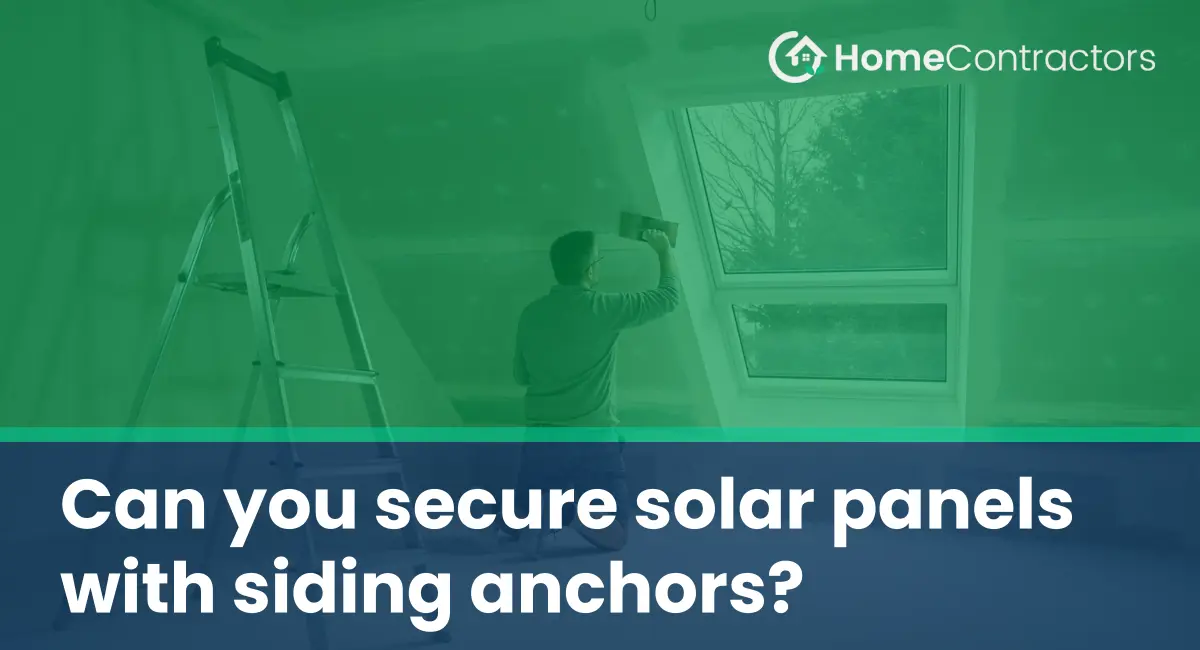While siding anchors are not specifically designed for securing solar panels, in certain circumstances, they can be used as a viable option. However, it is important to note that the suitability of siding anchors depends on various factors, including the type of roof, the weight of the solar panels, and the local weather conditions.
1. Compatible Roof Types
Siding anchors are primarily designed for installation on wood or vinyl siding. Therefore, if your roof has shingles or other unconventional materials, using siding anchors may not be the best option. It is essential to consult with a professional roofing contractor to evaluate the compatibility of siding anchors with your specific roof type.
2. Weight Considerations
Solar panels come in different sizes and weights, ranging from lightweight flexible panels to heavier rigid panels. Siding anchors are typically designed to secure lightweight siding materials, so they may not provide the necessary strength and support for heavier solar panels. Before using siding anchors, it is crucial to determine the weight-bearing capacity and strength of the anchors, making sure they can withstand the weight of the solar panels.
3. Local Weather Conditions
The weather conditions in your area can heavily impact the stability and durability of the solar panel installation. If you live in an area prone to high winds, storms, or heavy snow loads, using siding anchors alone may not be sufficient. Additional reinforcements, such as roof-mounted racks or ballasted systems, might be necessary to ensure a secure installation.
Alternative Mounting Options
If using siding anchors is not suitable or poses a risk to the integrity of the solar panel installation, there are alternative mounting options available. Here are a few common methods:
1. Roof Racks or Frames
Roof racks or frames provide sturdy mounting points for solar panels. They are typically installed by attaching them directly to the roof structure, such as the rafters or trusses. This method ensures a secure and long-lasting installation. However, it requires professional installation and may involve drilling into the roof, which could void any existing warranties.
2. Ballasted Systems
Ballasted systems utilize the weight of the solar panels themselves to secure them in place. These systems are commonly used on flat roofs or ground installations. By placing weights or concrete blocks on the racks around the solar panels, they remain stable and withstand wind loads. Ballasted systems are generally easier to install without making any roof penetrations.
While it is possible to use some siding anchors to secure solar panels, it is important to consider various factors such as roof type, solar panel weight, and local weather conditions. Consulting with an experienced solar panel installer or roofing contractor is crucial in determining the most appropriate and secure mounting solution for your specific situation. It is always advisable to prioritize the long-term integrity and stability of the solar panel installation to ensure optimal performance and safety.
